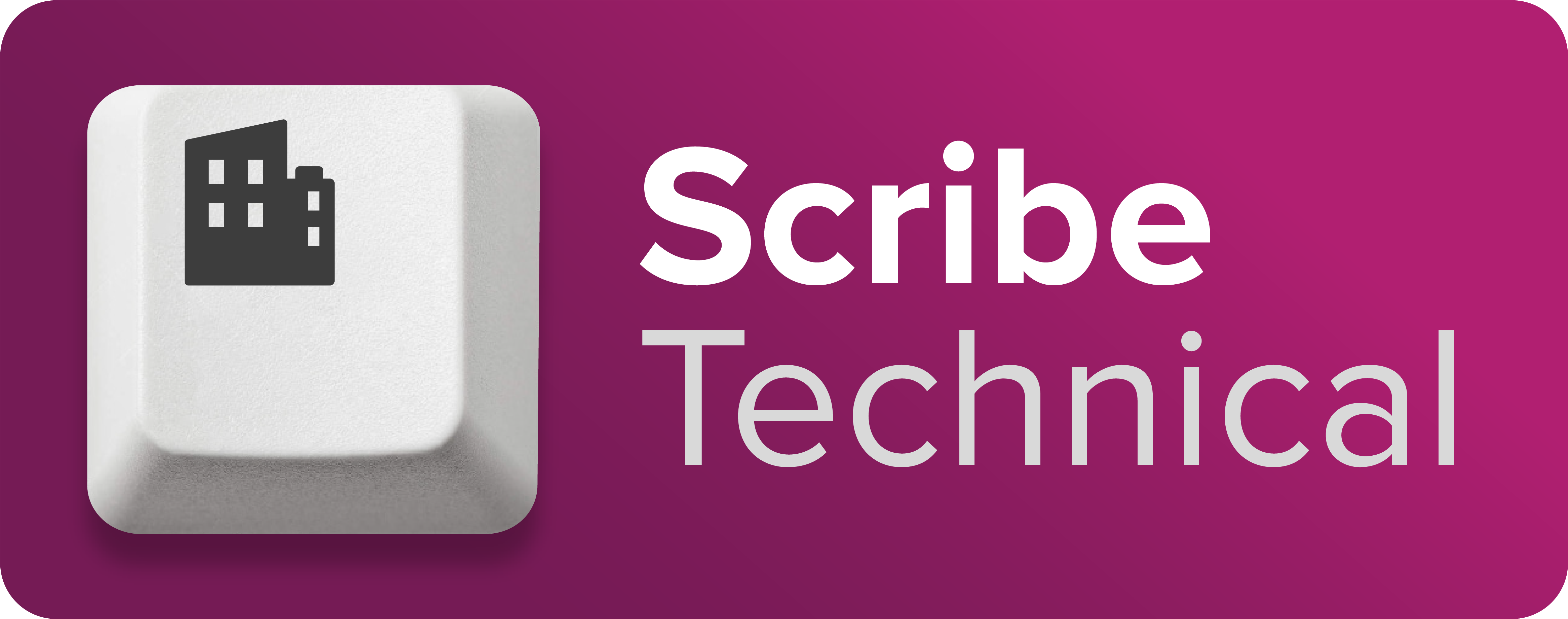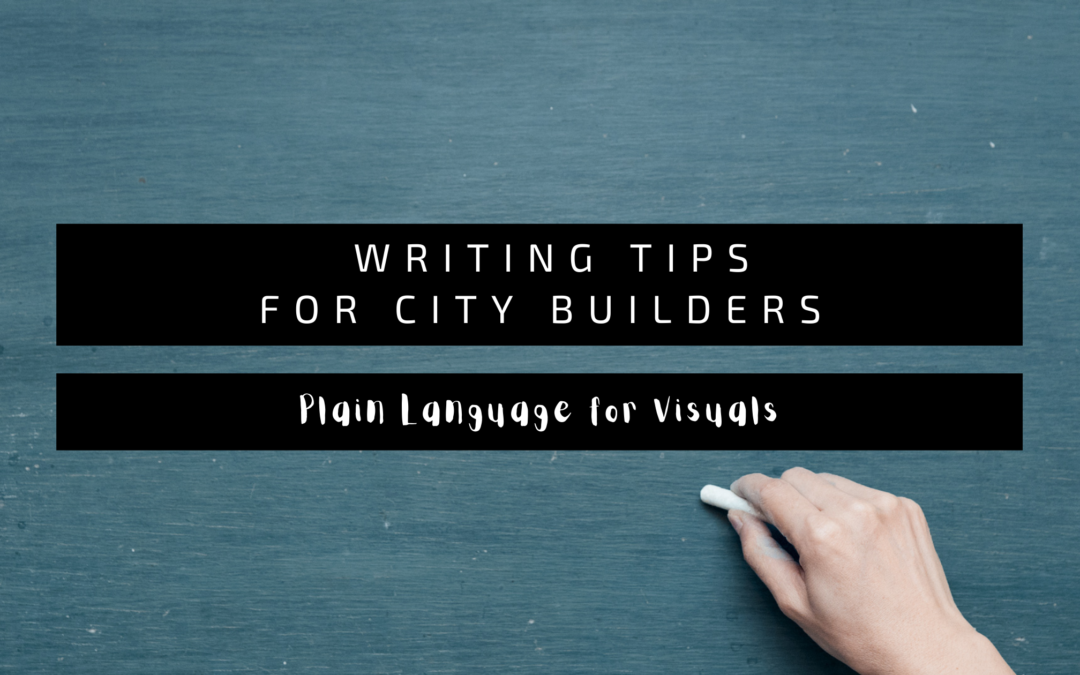Have you ever found that when city builders use visual elements like maps or infographics to explain an idea, they’re often just a bit too complicated? That you have to do more work to interpret them than it would take you to just read about it?
This happens when our visuals try to say too much. And it’s no wonder this happens – we’ve got some great ideas to share and we get excited about our projects!
But there’s little value for anyone in “chart junk”: useless, uninformative, or confusing information – no matter how creative the visuals are. Like with your writing, they have to be clear and quickly understandable from the reader’s perspective.
Why use them?
People expect to see visual elements in reports and plans. They’re often the first thing people look for. They don’t need to be fancy or high tech – they just need to help communicate what you need to tell the reader, based on what they need and want to be able to take action.
Visuals also focus the reader’s attention, reduce the overall word count, and deliver complex ideas at a glance. When done well, they can complement your text and engage the reader – if they are relevant and clear! Most people don’t have time to read – so being able to create visuals is becoming increasingly important.
Visuals can complement, and at times replace, you text. Keep in mind that visuals include photos, graphs, figures, charts, infographics, illustrations, and cartoons – the opportunities are vast! Here are a few tips:
- Photos: Use relevant and meaningful images
- Graphs, figures, and charts: Keep them simple and focused on the most important information
- Infographics: Don’t get carried away by the options!
- Illustrations: Provide the right amount of detail, appropriate for the type of document it is
- Cartoons: Make sure they’re not offensive! What’s amusing to you may not be to someone else!
How to create effective visuals?
Start by understanding that just like with your writing, clear and simple is best. Just like in plain language writing, consider who your reader is and how familiar they are with the project. What do they need to know to make a decision?
As city builders, we can get caught up in our own lingo – and our own ways of presenting information in a visual format. This can be okay when we’re talking to each other, but when we need to connect with people who aren’t immersed in our ways of thinking and seeing, we need to make some adjustments to how we write and present our ideas.
If you really want people to understand or participate in your project, you need to focus on your key points – the most important things you need to communicate and want people to consider. Visuals can do this, but even better, they can inspire new ideas and creativity, and contribute to a sense of ownership and community cohesion – if they’re produced with the reader’s needs in mind.
Every visual element should increase the clarity of the case you are making. For example:
- Each one should be referred to in the body of text.
- Use fonts that are known for maximum readability on screen, like Arial and Calibri.
- Label maps, figures, charts, and tables properly.
- Integrate visuals into the text for easier interpretation of your key message.
Before you finalize your visuals, ask yourself if they meet the following criteria. Are they:
- Clear? Do they help the reader understand, or do they make them do some work?
- Engaging? Do they catch the eye and draw the reader in?
- Accessible? Do they consider the reader’s needs before your own?
- Appropriate? Do they reflect your organization’s mandate? What messages do they send out?
Even if you’re not very visually-oriented, it’s worth giving it a try. You don’t have to be an artist! Canva is a free tool that provides templates for many basic visuals. See if you can translate a key point from a current project you’re working on into a visual format. It’s important to learn some design basics or at least know enough to be able to work with a graphic designer.
Visuals are a great way to translate your complex professional ideas into those that your reader can work with and build on. Don’t try to say too much with each one. Reign in that excitement, just a bit, and design for your reader!
Remember: Good design is clear thinking made visible. (Edward Tufte)
Favourite Resources:
- The Non-Designers Design Book, by Robin Williams.
- visualcapitalist.com
- canva.com
For more writing tips, check out Plain Language for Planners and Persuasive Writing for Planners on my website: scribetw.com. Contact me for help writing and editing your documents!

